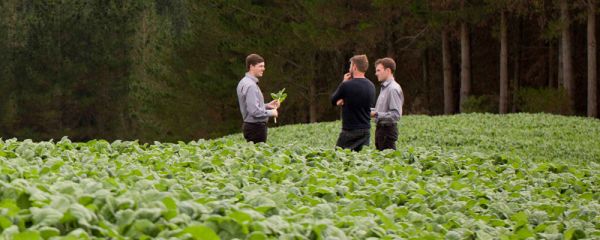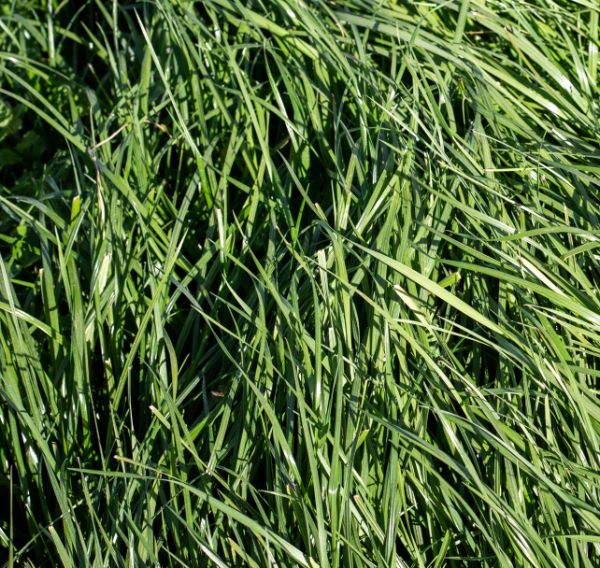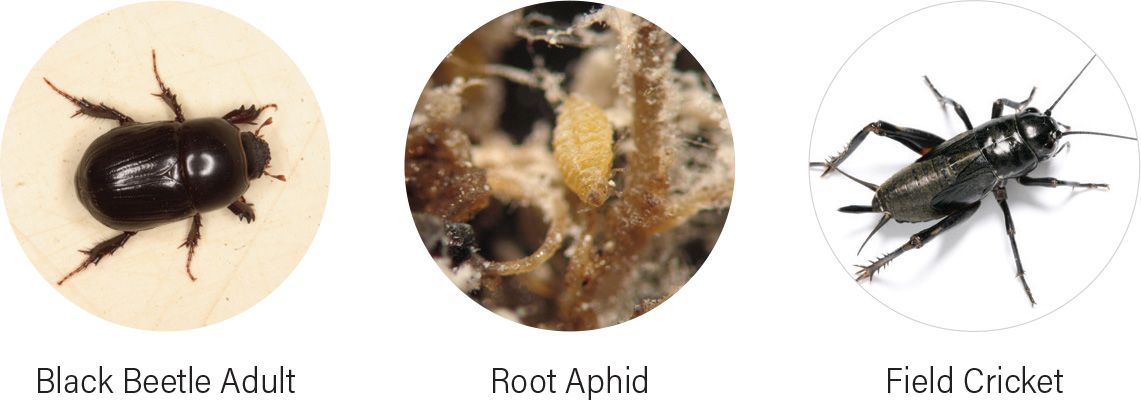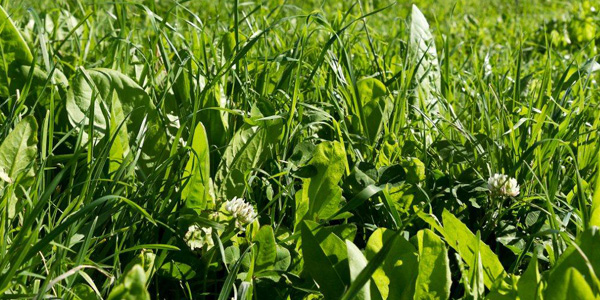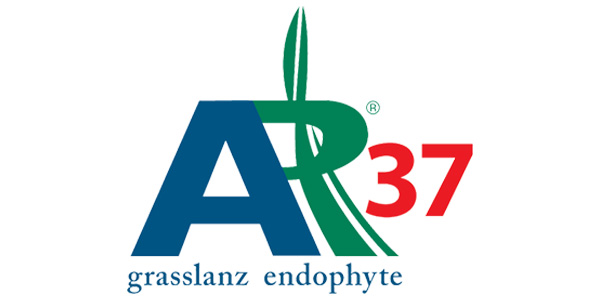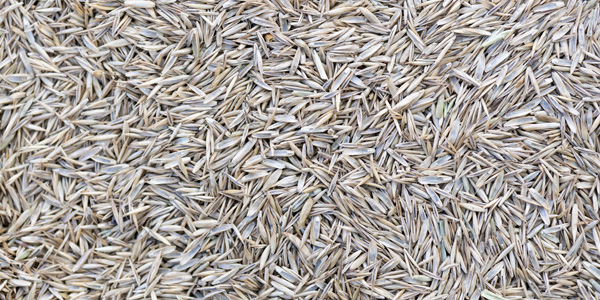
TALL FESCUE
TALL FESCUE
Background
Tall fescue is considered an alternative perennial grass to ryegrass.
It will grow in most environments in which ryegrass grows, but has better tolerance of dry soils, hot temperatures and some insects. As a result, it is often more productive and persistent than ryegrass. Trials have typically shown tall fescue to start slowly and regularly take about 12 months to catch up with perennial ryegrass. After which it is not uncommon for tall fescue to out-produce perennial ryegrass, especially in the very early spring, summer and early autumn.
Depending on the region, late autumn and winter growth of tall fescue can be slower than perennial ryegrass. However as you head further north, the more cool season active this grass species becomes. Tall fescue is ideal for carrying autumn grown feed into winter, so stock carrying capacity in winter and early spring is similar to ryegrass. The combination of better seasonal pasture growth and the same or better stock performance is the reason many farmers produce more animal product per hectare than from perennial ryegrass. Tall fescue grows well throughout New Zealand, but advantages over ryegrass are greatest in environments with hot summers, soils that often dry out and where insects are common.
The optimum temperature for growth in perennial ryegrass is 20°C, with production declining above 24°C. The optimum for tall fescue is 26°C, with active growth continuing into the mid 30°C range. This explains the large and consistent advantage to tall fescue in Northland, but a smaller and variable advantage in areas of Southland. It also explains why tall fescue grows more in summer in Canterbury and North Otago, even when irrigated, making it a more waterefficient grass than ryegrass in regions with warm to hot summers. In dryland conditions, tall fescue will grow more feed and recover better from droughts due to its deeper root system and has the ability to restrict moisture loss when stressed.
MAXP® ENDOPHYTE
MaxP® is a tall fescue novel endophyte that produces peramine and loline alkaloids which give an increased level of insect tolerance, increasing the production and persistence of tall fescue. MaxP® is available in Hummer tall fescue.
MaxP® ENDOPHYTE OFFERS PROTECTION AGAINST THE FOLLOWING PESTS:
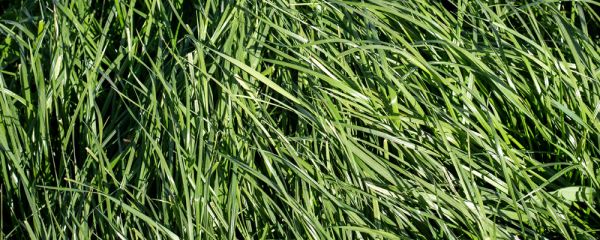
Our Tall Fescue range
VIEW PRODUCTS